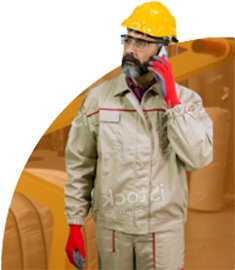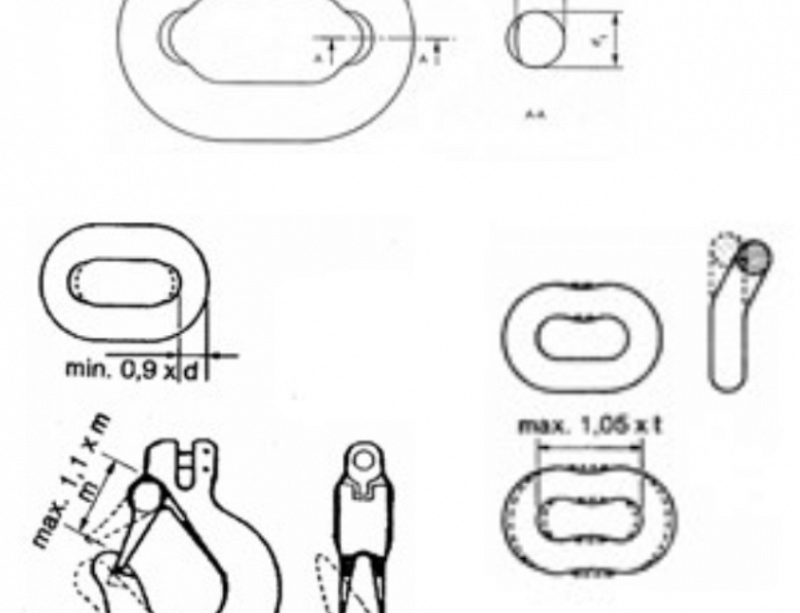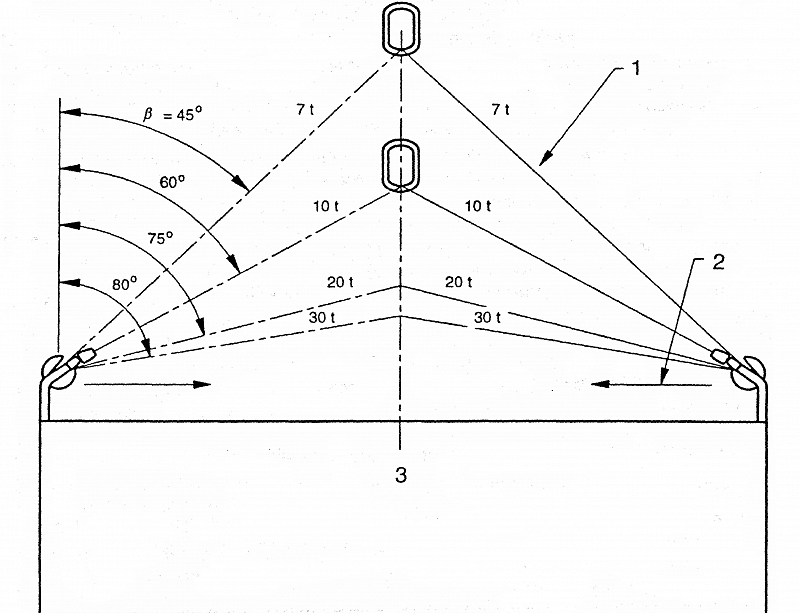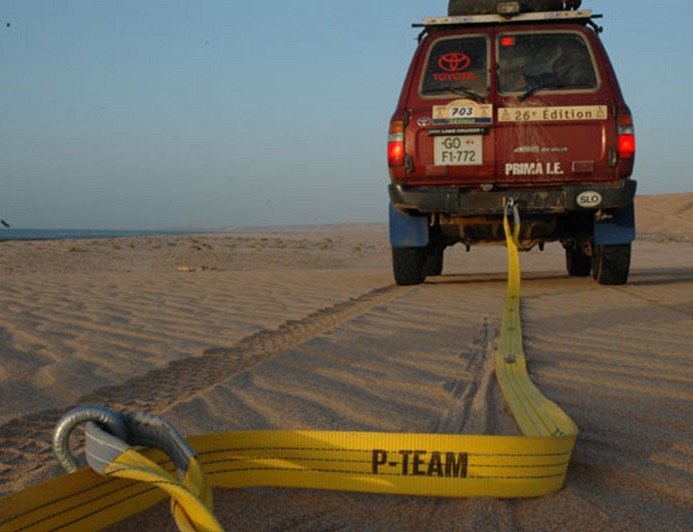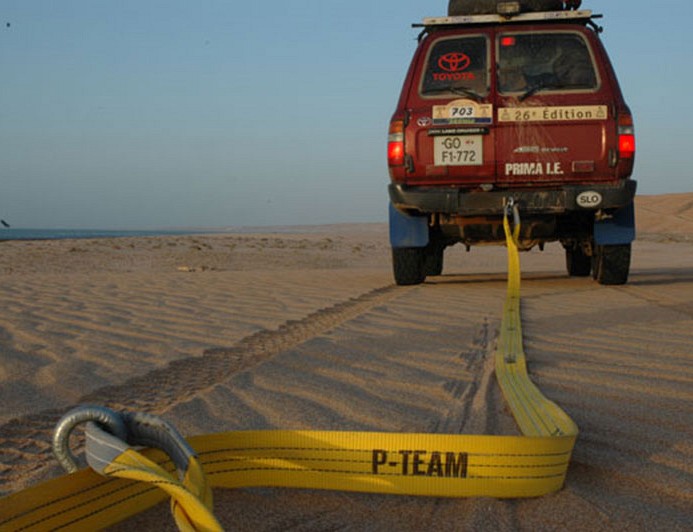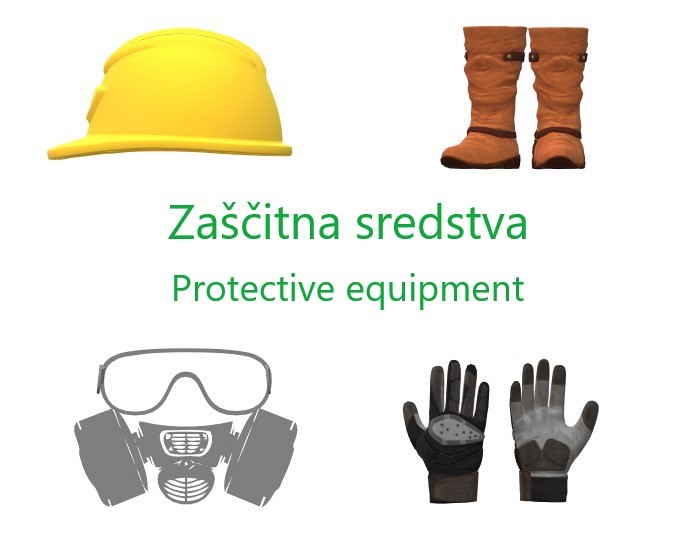Every day, we encounter new challenges in lifting and securing loads. To help you make the right decisions, we've compiled a list of practices for easier and safer work. If you have any questions or specific requirements, please contact us for assistance.



